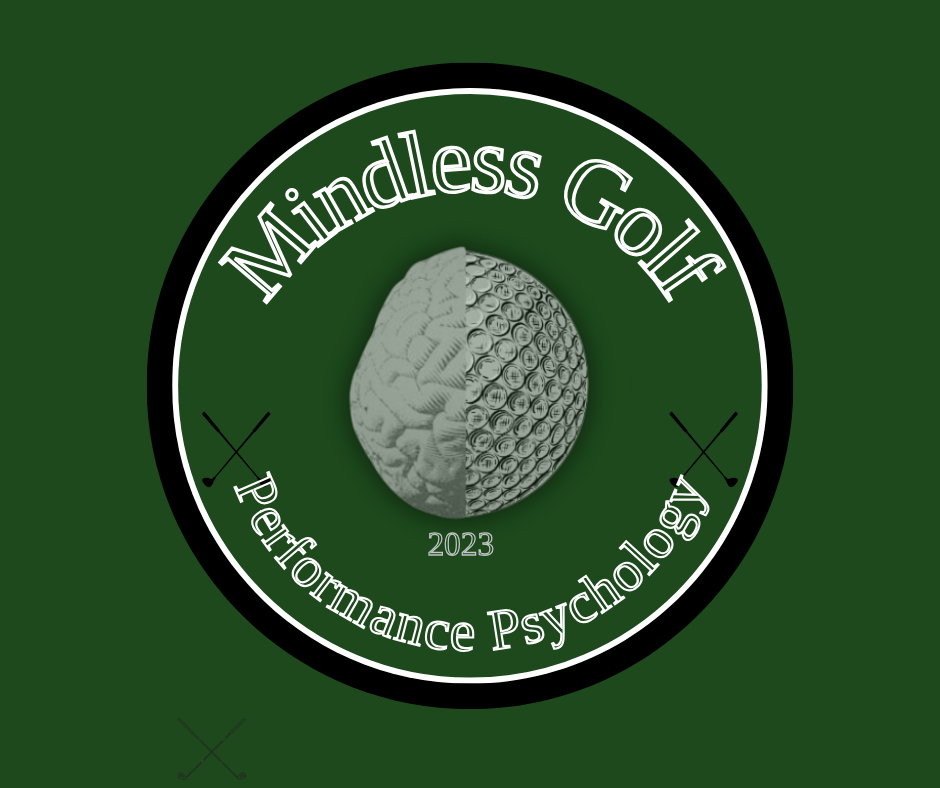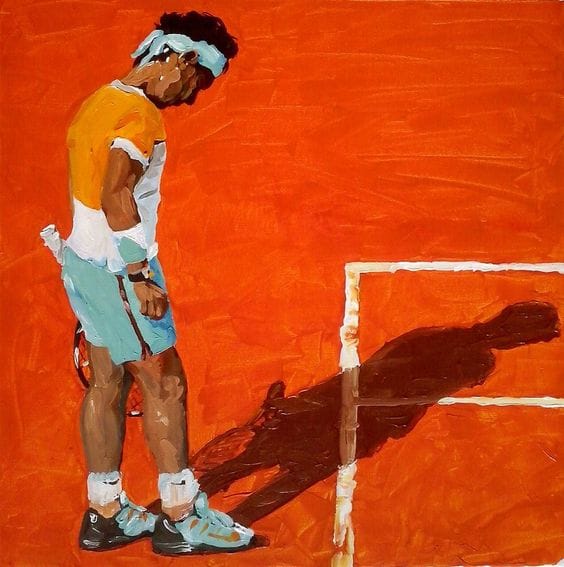In a performance environment, instinct is important. It allows us to enter our subconscious and simply react to each situation without letting thought and doubt cloud decision making. Thoughts and doubts are conscious distractions that need strict control otherwise they may hinder our ability to perform. Visuals and sounds are subconscious distractions that have a direct effect on the confidence we feel as what you see and hear happens instinctively without thought. This exemplifies the importance of having a semblance of control over how much subconscious distractions affect us in performance environments. In these environments we are bombarded with distractions that appear as thoughts, sounds, feelings or visuals. These distractions are necessary parts of natural human instinct. It is therefore key in performance environments to zone in to the to thoughts, sounds, feelings or visuals that relate to the target or execution of the task. Building mechanisms that can help cut out these distractions or at least give them less importance is key.
Golf arguably challenges players to cut out distractions more than any other sport. There is a significant amount of time between shots to let these distractions take control and affect future shots. Visuals are constantly at play whether it be a water hazard, out of bounds or simply a short sided 'no go zone' by the green. In addition to this, unexpected sounds or a gust of wind felt can play with decision making skills and confidence to no end. The best performers in the world turn these potential distractions into performance enhancers by focusing on positive visuals such as their target and not letting the likes of weather conditions destabilise their focus. This shows how you cannot run away from what you see, hear or feel and therefore need to learn to let these subconscious variables boost performance instead of hinder it.
So how do the worlds best do it? How, under extreme competitive pressure are they able to shut out the endless distractions and zone in on their objective? The answer to such questions can often be more straightforward and boring than one expects. The truth is, many dilemmas in the world of human performance can be solved by simply observing those very individuals at the top. There are noticeable correlations between the worlds top performers no matter the industry they are in. These correlations relate to routine, routine before, during and after performance. These routines are commonplace amongst the worlds best, take Rafael Nadal for example, before each serve he executes a meticulous set of tasks such as brushing sweat off his forehead and bouncing the tennis ball a certain number of times. These tasks occur in a specific order and are done seamlessly every time Nadal serves. Tiger woods is another great example, throughout his career, his pre-shot routine was studied and it was found that almost like clockwork, he took around 17 seconds to hit every shot. These little actions that may not seem like much when watching them on TV are the very reason they are able to cut out the numerous distractions around them. They create their own little bubble of routine and discipline and simply do not let anyone burst it.
These routines have the purpose of occupying the performers mind with thoughts related to simple controllable tasks. For example, bouncing a ball or gripping a golf club in a specific manner. No matter how hard you may try, blanking your mind and being free of any thought will not happen, especially in high pressure environments. So instead, fill it to the brim with thoughts relating to easy to execute movements or tasks. By doing this you set the stage for peak physical performance to occur as you have primed your mental state and simply need muscle memory to take over the execution of the task at hand. That muscle memory is built up through repetition in practice and therefore it is important to remember that these pre-shot routines are only of value if accompanied by discipline, not only competition but in practice. This discipline relates to the routine itself as well, it is no simple task to develop a strong habitual process that can correctly prime your mind for performance. Embracing the process of building a routine and making it more of a behaviour that must be conducted prior to performance is crucial.
Routines are the tools that help us manage these distractions in the appropriate way as they give us a step-by-step process that if conducted correctly lead to an optimal environment for execution. What routine you choose is entirely individual, shaped by the person you are and how you interact with the environment around you. Therefore while wiping sweat off your forehead looks like a recipe for success, determining how your routine ultimately looks is something only you can decide on.
I challenge you, on your next outing to your chosen arena of performance to fully embrace all the distractions. Become familiar with them so that you can slowly learn to manage them through building impenetrable routines. Be ok that some days the distractions may come out victorious. Use those very days as motivation to add armour to your processes and welcome the next opportunity to do so with open arms!
As always, let me know how you get on...


